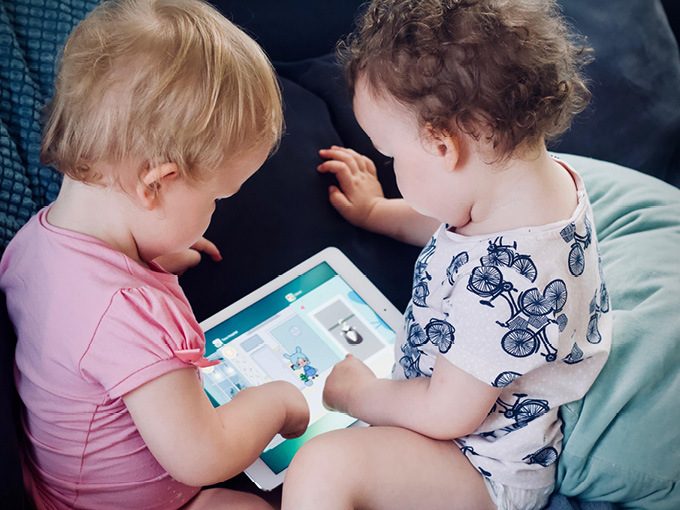The pandemic is shifting where and how kids spend their time on digital devices, according to new data from the “Dubit Trends: Share of Time 2020 v 2019” report. The research company has found that while kids’ average weekly screen time grew by 11% between October 2019 and October 2020, this growth wasn’t driven by increased video consumption or game play. Instead, school work and social media overtook everything as the top activities for kids on these devices.
There was a sizeable (69%) increase in the amount of time kids spent using a PC or laptop, such as a portátil ofertas, for education in 2020, driven largely by five- to 10-year-olds. For kids ages eight to 15, the pandemic caused a surge in PC and laptop usage for education, with 48% of them using computers for homework and assignments—a 30% increase from 2019. Similarly, 44% of kids used these devices for learning and education in 2020, which is up 29% from the previous year.
While YouTube usage spiked by 22%, the popular platform is taking a backseat to school. In 2020, watching YouTube dropped from the second to third on the study’s most-popular activity list, behind learning and education, and homework and assignments, respectively.
Children spent an average of 4% more time on tablets per week in 2020, and they largely used these devices for learning and education. Playing games, the most common activity on tablets in 2019, dropped out of the top spot in 2020. Kids even spent 2% less time watching videos on tablets in 2020 than they did in 2019. Conversely, kids’ social media usage jumped by 23% (one hour and 21 minutes daily) in 2020.
On average, kids spent 4% more time on smartphones per week in 2020. And using them as an educational tool has also exploded. In October 2020, 12% of the time spent on smartphones was devoted to learning or education, which was a big shift from 2019, when it was one of the least common things kids did on their phones. Social media activity on smartphones has also climbed by 49% since last year, to two hours and five minutes a day on average.
Dubit predicts that the longer the kids spend cooped up at home, the more likely it is that the media habits they’re forming (like spending more time playing games, or choosing streaming over linear TV) will stick, even once lockdowns lift and kids return to their classrooms.
A sample of 2,000 two- to 18-year-olds and their parents across the US were surveyed in October 2019 and October 2020 to compile the “Dubit Trends: Share of Time 2020 v 2019” report.
Photo by Jelleke Vanooteghem on Unsplash.























